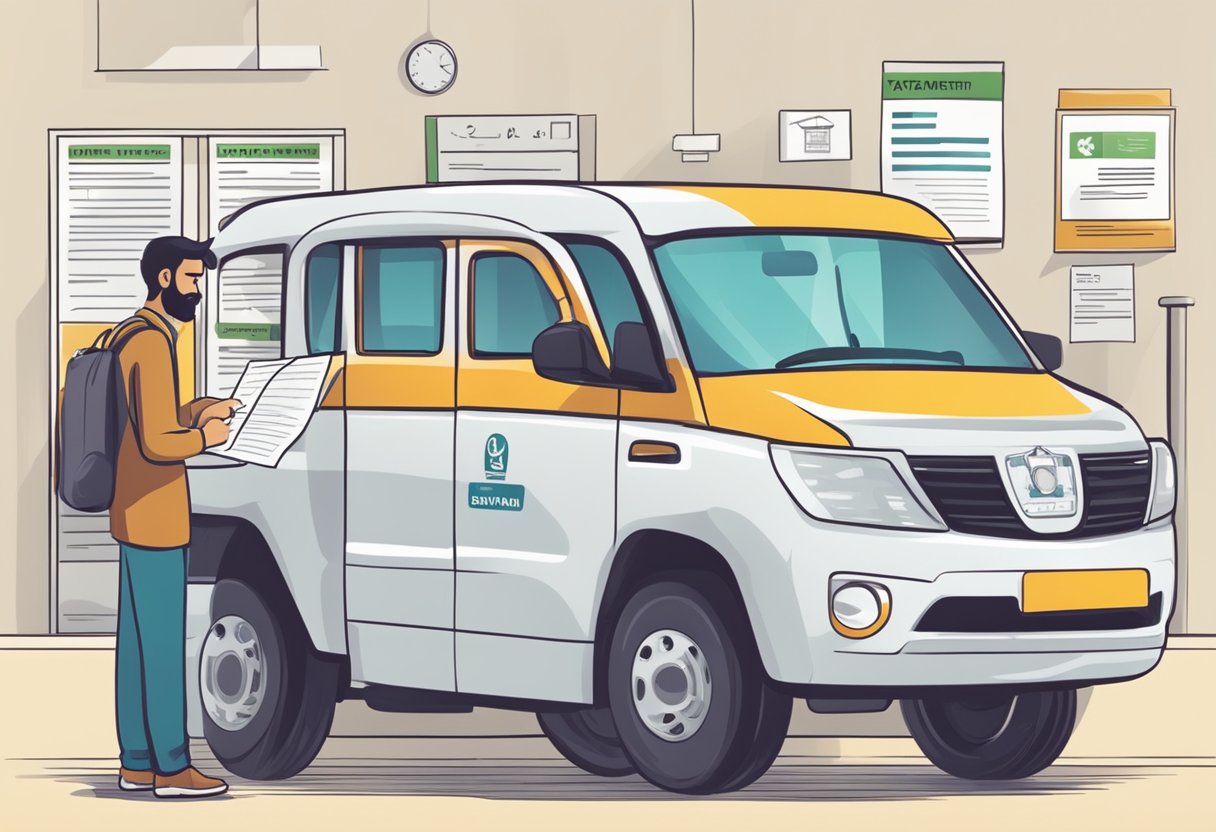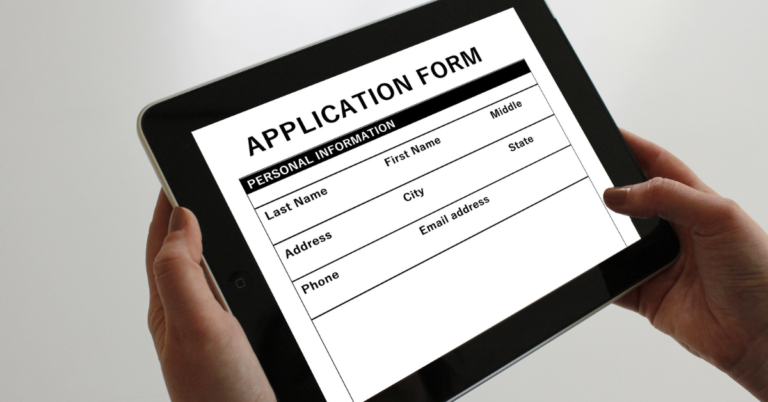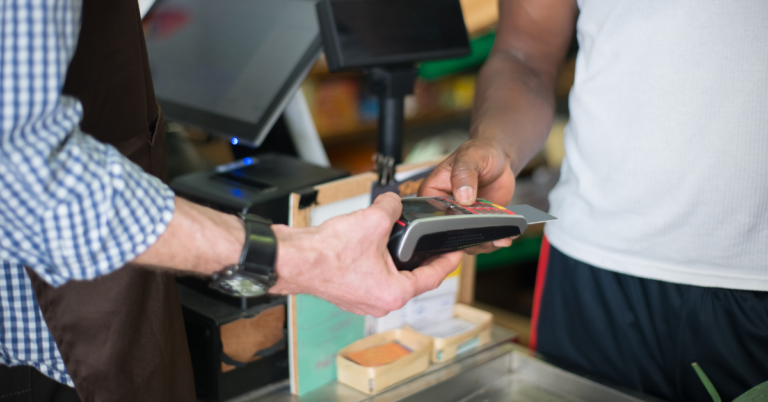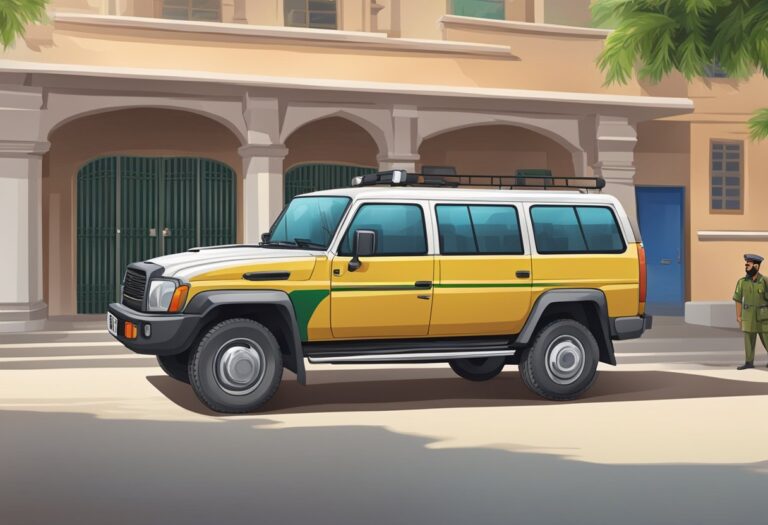Online Car Registration in Pakistan A Complete Guide
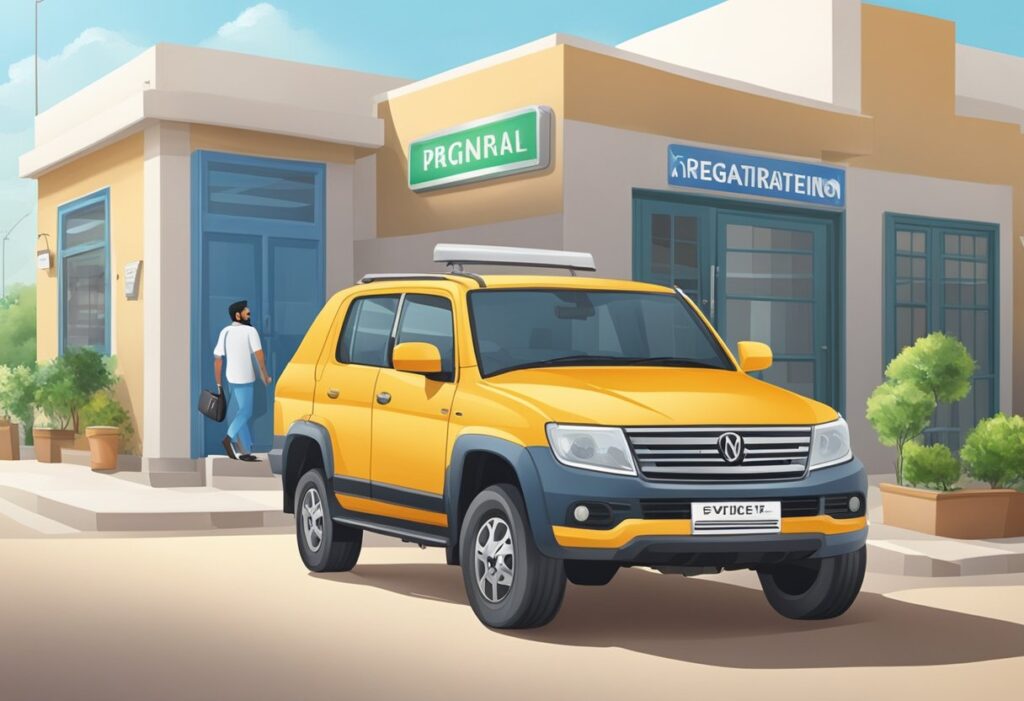
In recent years, the government of Pakistan has made significant strides towards digitizing public services to make processes more efficient and user-friendly. One such advancement is the introduction of online car registration, a service designed to simplify the traditionally lengthy and complex vehicle registration process.
Previously, online car registration in Pakistan required vehicle owners to visit local excise and taxation offices, wait in long queues, and deal with paperwork that often took days to process. However, with the rise of online services, the process has become much more convenient. Vehicle owners can now register their cars from the comfort of their homes, saving time and eliminating the need for in-person visits.
This shift towards digital vehicle registration not only enhances convenience but also improves transparency, as users can easily track the status of their application online. In addition, it helps reduce errors in paperwork and ensures faster processing times, making it an ideal option for busy individuals. Whether you’re registering a new car or renewing an old one, the online registration system offers a hassle-free experience for all.
2. Why Choose Online Car Registration?
The vehicle registration process in Pakistan has traditionally been a time-consuming and often frustrating experience. For years, car owners had to physically visit excise and taxation offices, navigate long queues, and submit various documents, with no guarantee of quick processing. This process could take days or even weeks, depending on the complexity of the case or the availability of resources.
However, with the introduction of online car registration, vehicle owners now have a modern, more efficient alternative. Here’s why opting for online registration is a better choice:
1. Avoid Long Queues and Hassle
The most obvious advantage of registering your car online is the ability to skip the long lines at excise offices. No more waiting in crowded offices for your turn. You can initiate and complete the entire process from the comfort of your home, saving time and energy.
2. Faster Processing Times
Online systems are designed to be faster and more efficient than traditional paperwork processes. Submitting your documents digitally ensures that they are processed quickly, reducing delays caused by manual handling. In many cases, the online system offers instant confirmation, which speeds up the registration process significantly.
3. 24/7 Availability
Unlike physical offices, which have set working hours, online car registration portals are available around the clock. This means you can register your car at any time, whether it’s early morning, late at night, or even on weekends. The flexibility of 24/7 availability is a game-changer for busy individuals who may not have time to visit an office during regular working hours.
4. Improved Transparency and Tracking
One of the key advantages of online registration is the enhanced transparency it offers. Once you’ve submitted your application, you can easily track its status in real time through the digital portal. This eliminates the uncertainty of wondering whether your paperwork has been processed and when your registration will be completed. Everything is documented digitally, providing you with greater peace of mind.
By choosing online car registration, you’re not just saving time—you’re also making the process more convenient, transparent, and efficient. It’s a step towards a more streamlined and user-friendly approach to vehicle registration in Pakistan.
3. Eligibility for Online Car Registration in Pakistan
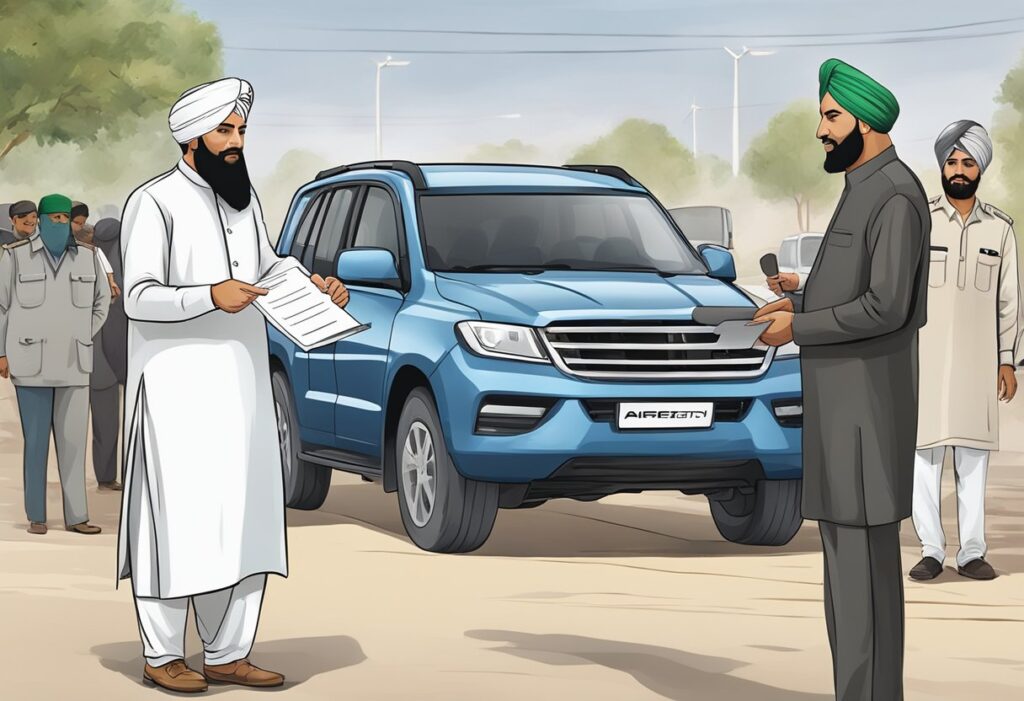
Before diving into the process of registering your car online in Pakistan, it’s essential to understand whether you’re eligible for this service. The online car registration system is designed to cater to a broad range of vehicle owners, but it’s important to know the specific categories and conditions to ensure a smooth process.
1. Who Can Register a Car Online?
Online car registration in Pakistan is available to a variety of vehicle owners, including:
- New Vehicle Owners: If you’ve recently purchased a new car, either from a dealership or directly from a manufacturer, you can register your vehicle online without needing to visit a physical office.
- Imported Car Buyers: Owners of imported cars, whether purchased directly from abroad or through a dealer, can also take advantage of the online registration process, provided they have the necessary import documentation.
- Previous Vehicle Owners: If you already own a car that is either unregistered or requires renewal of its registration, you can use the online portal to complete this process.
- Transfer of Ownership: Individuals who have purchased a used car and need to transfer the ownership can initiate this process online in provinces where this service is supported.
2. Types of Vehicles Eligible for Online Registration
The online registration system in Pakistan is not just limited to private cars. Several types of vehicles can be registered online, including:
- Private Vehicles: Cars for personal or family use are the most common category.
- Commercial Vehicles: Vans, trucks, and other commercial vehicles used for business purposes can also be registered through the online system.
- Motorcycles: Many provinces offer online registration for motorcycles, making the process easier for bike owners.
- Public Service Vehicles: Vehicles like taxis, rickshaws, and buses used for public transportation may also be eligible for online registration, though the requirements might vary slightly based on their category.
3. Geographic Availability of Online Car Registration
The availability of online car registration services depends on the province or city you reside in. While some areas have fully adopted the digital system, others are gradually rolling it out. Here’s an overview:
- Punjab: Punjab has one of the most advanced online car registration systems, with a fully functional portal managed by the Excise & Taxation Department. Residents of cities like Lahore, Rawalpindi, and Faisalabad can easily access these services.
- Sindh: In cities like Karachi and Hyderabad, the Sindh government has introduced online registration services for private and commercial vehicles.
- Khyber Pakhtunkhwa (KPK): The government of KPK is also modernizing its excise department, offering online registration for both private and commercial vehicles.
- Balochistan: Although the system is still being developed, certain districts are beginning to provide online car registration services.
Before starting the online registration process, it’s important to verify whether your city or district offers these services. In most cases, the respective provincial excise and taxation department’s website will provide details on the online system’s availability.
4. Steps to Register a Car Online in Pakistan
Registering your car online in Pakistan is a simple and straightforward process if you follow the correct steps. Here’s a detailed guide to walk you through each part of the process:
Step 1: Accessing the Registration Portal
The first step to register your car online is to visit the correct registration portal for your province. Each province has its own dedicated system managed by the Excise and Taxation Department. Here are the portals for major provinces:
- Punjab: Visit the Excise & Taxation Department Punjab’s online portal at https://excise.punjab.gov.pk.
- Sindh: The Sindh Excise Department provides its online services at https://excise.gos.pk.
- Khyber Pakhtunkhwa (KPK): The online vehicle registration for KPK can be accessed through https://www.kpexcise.gov.pk.
- Balochistan: Online services are still being developed but you can check updates on their official excise department page.
Once you’ve accessed the relevant portal, you can begin the online registration process.
Step 2: Gathering Required Documents
Before starting the application, ensure you have the following documents ready to upload. These are necessary to complete the registration process:
- CNIC (Computerized National Identity Card): A valid CNIC of the vehicle owner.
- Proof of Vehicle Ownership: This could be the sales invoice or purchase receipt from the dealership or private seller.
- Vehicle Invoice: Required for new cars to show the original purchase amount and details.
- Import Documents (if applicable): For imported cars, ensure you have all the necessary import documents, including customs clearance.
- Insurance Proof: A valid car insurance certificate may be required in some provinces.
- Bank Payment Slip: For vehicles with outstanding duties or taxes, upload proof of cleared payments.
Having these documents in digital form (scanned copies) will make the process smoother.
Step 3: Filling Out the Online Application
Once you’ve logged into the portal and have your documents ready, the next step is filling out the online registration form. Here’s how to do it correctly:
- Personal Information: Enter your full name, CNIC number, contact details, and address.
- Vehicle Details: You will need to provide information about the vehicle, including:
- Make, model, and year of manufacture.
- Engine and chassis numbers.
- Type of vehicle (private, commercial, etc.).
- Fuel type (petrol, diesel, hybrid, etc.).
- Tax Information: Fill in any applicable taxes and fees. If you’ve made previous payments (e.g., road tax or token tax), include those details.
- Attach Documents: Upload the required documents, ensuring they meet the size and format requirements of the portal.
Double-check all the entered details for accuracy before submitting the form.
Step 4: Paying the Fees
After submitting the application, you’ll be prompted to pay the registration fees. Different provinces have different fee structures based on the type of vehicle and the engine capacity. The payment process is typically digital, and you can use one of the following methods:
- Credit/Debit Card: Secure online payments via Visa or Mastercard.
- Online Banking: Transfer funds directly from your bank account through a linked online banking portal.
- Mobile Wallets: Some provinces may allow payments via popular mobile wallet services (JazzCash, Easypaisa).
Once you’ve completed the payment, you’ll receive a receipt or acknowledgment of the payment.
Step 5: Confirmation and Receiving the Registration Certificate
After successful submission and payment, your application will be reviewed by the Excise Department. Once processed, you’ll receive a confirmation either through:
- Digital Registration Certificate: Some provinces provide a digital version of the registration certificate that you can download from the portal.
- Physical Delivery: In certain cases, the department may mail you a physical copy of the registration certificate to your home address.
5. Documents Needed for Online Car Registration
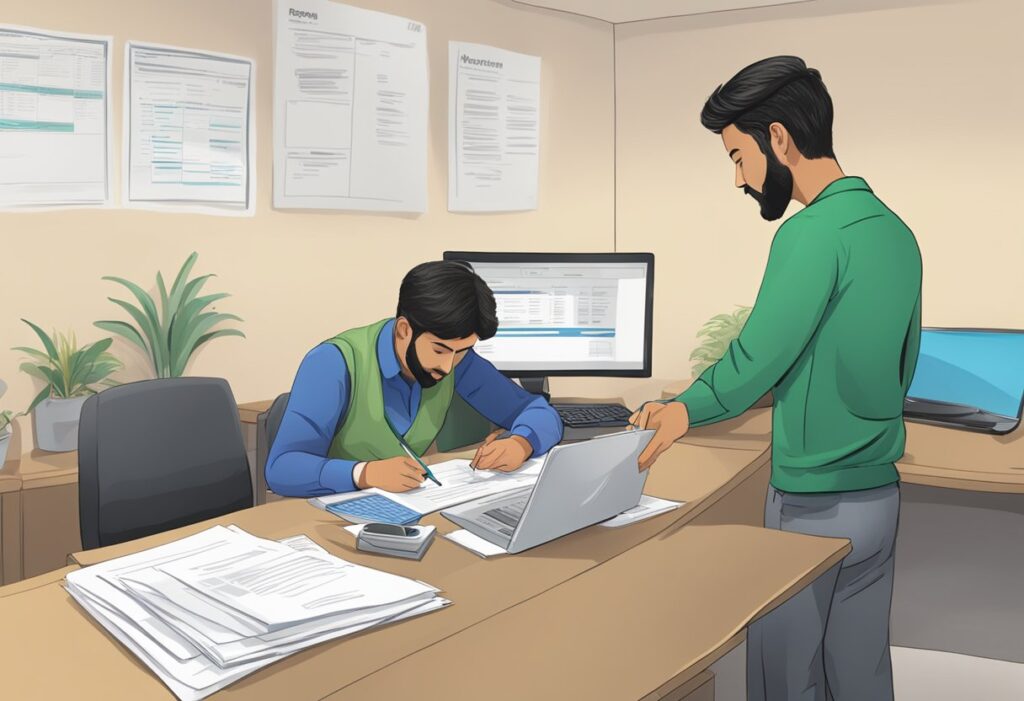
When registering your car online in Pakistan, having the necessary documents ready is crucial for a smooth and efficient process. The documents you’ll need to provide may vary slightly depending on your province, but the following are generally required across all regions:
1. CNIC of the Owner
- The Computerized National Identity Card (CNIC) is the primary identification document for the car owner. Ensure that the CNIC is valid and matches the name on the vehicle purchase records. You’ll need to upload a clear scanned copy of the front and back of your CNIC.
2. Proof of Car Purchase
- For new cars, you’ll need to submit proof of purchase, which can be either:
- Invoice from the car dealership or private seller.
- Sales Receipt, which confirms the purchase and includes the car’s details (make, model, year, and price).
- If the car was purchased second-hand, you may also need to provide a sale deed or transfer documents signed by both the buyer and seller.
3. Car Import Documents (if applicable)
- If you’ve imported a vehicle, you will need to submit additional documentation. These include:
- Customs Clearance Documents, which prove that the car was legally imported and that all applicable duties and taxes have been paid.
- Bill of Lading and other shipping-related documents to confirm the importation process.
- Ensure all import-related papers are complete to avoid delays in registration.
4. Proof of Insurance
- Some provinces may require you to provide proof of car insurance as part of the registration process. This can be in the form of an insurance policy or a digital certificate showing that the vehicle is adequately insured.
- Having insurance not only helps in registration but is also mandatory for driving in Pakistan.
5. Other Documents (As Required by Provincial Authorities)
- Depending on your province and the specific type of vehicle, additional documents may be requested. These could include:
- Bank Payment Receipts: If you’ve paid road tax, token tax, or any pending dues, you may need to provide a payment slip or receipt.
- Vehicle Fitness Certificate: For commercial or public service vehicles, you might be asked to submit a fitness certificate confirming that the vehicle is roadworthy.
- No Objection Certificate (NOC): If you’re registering a vehicle that was previously registered in another province, an NOC from the original registration office may be required.
6. Transfer Documents (For Used Cars)
- If you’ve purchased a used car, you’ll also need to submit:
- Transfer of Ownership Papers, including the previous owner’s registration certificate and the signed transfer deed.
- CNIC of the Previous Owner to complete the transfer legally.
6. Province-wise Process for Online Car Registration
The process of registering a car online in Pakistan varies slightly from province to province, depending on the digital infrastructure and services available in each region. Here’s a breakdown of how online car registration works across the major provinces:
Punjab: Overview of the Process via the Excise and Taxation Department Website
Punjab has one of the most advanced systems for online vehicle registration, making it easy for residents of Lahore, Faisalabad, Rawalpindi, and other cities to complete the process from home.
- Step 1: Visit the Excise, Taxation, and Narcotics Control Department Punjab website at https://excise.punjab.gov.pk.
- Step 2: Select the “Online Vehicle Registration” option and create an account if you’re a first-time user.
- Step 3: Fill out the online registration form with personal and vehicle details, including make, model, engine number, and chassis number.
- Step 4: Upload the necessary documents such as CNIC, vehicle invoice, and proof of payment for any applicable taxes.
- Step 5: Pay the registration fee through the integrated payment gateway (credit/debit card, online banking).
- Step 6: Once processed, you can either download a digital copy of your registration or wait for a physical registration certificate to be delivered.
Sindh: Key Steps for Online Registration in Karachi and Other Cities
Sindh, particularly Karachi, also offers an efficient online car registration process through its Excise and Taxation Department.
- Step 1: Go to the Sindh Excise, Taxation, and Narcotics Control Department website at https://excise.gos.pk.
- Step 2: Register for an account or log in with your existing credentials.
- Step 3: Start the registration process by entering vehicle details, including the engine, chassis number, and owner information.
- Step 4: Upload the necessary documents, such as CNIC, proof of purchase, and insurance if required.
- Step 5: Make the necessary payments for the registration fee through the available online payment methods.
- Step 6: After submission and verification, you’ll receive a confirmation, and your registration certificate will be mailed to your address.
KPK: How to Register Your Vehicle Online through KPK’s Digital Services
Khyber Pakhtunkhwa (KPK) has also made strides in digitizing public services, including vehicle registration.
- Step 1: Visit the KPK Excise, Taxation, and Narcotics Control Department website at https://www.kpexcise.gov.pk.
- Step 2: Log in or create an account on the online portal to begin the registration process.
- Step 3: Enter your personal details and vehicle information, including make, model, and engine details.
- Step 4: Upload the required documents, such as CNIC, vehicle invoice, and customs clearance (for imported cars).
- Step 5: Pay the registration fees using the available online payment systems.
- Step 6: Track the progress of your registration online, and once approved, your registration certificate will be mailed to you or made available for download.
Balochistan: Availability and Process for Registering Cars Online
Online vehicle registration services in Balochistan are still in the development phase, but some districts have started offering online services.
- Step 1: Visit the official Balochistan Excise and Taxation Department website to check for online service availability in your district.
- Step 2: Follow similar steps to other provinces, including creating an account, filling in vehicle details, and uploading documents such as CNIC and proof of vehicle ownership.
- Step 3: Pay the registration fees through the available digital payment options.
- Step 4: Depending on the district, you may receive your registration certificate digitally or through the mail.
7. Challenges of Online Car Registration
While online car registration in Pakistan has simplified the process significantly, users may still encounter some challenges. Being aware of these issues and knowing how to troubleshoot them can help ensure a smoother registration experience.
1. Common Issues Faced
- Technical Difficulties: Many users report problems with online portals, such as slow website loading times, unexpected crashes, or errors during form submission. This can be especially frustrating when submitting important documents or making payments.
- Incomplete or Incorrect Documents: One of the most common reasons for delays in online car registration is the submission of incomplete or incorrectly formatted documents. For example, blurry CNIC scans, missing vehicle invoices, or outdated insurance documents may cause your application to be rejected or delayed.
- Payment Issues: Digital payments through online banking or credit/debit cards can sometimes fail due to network errors, unresponsive payment gateways, or incorrect card details.
- System Outages: In some cases, excise department websites may be temporarily unavailable due to maintenance or server issues, which can cause delays in starting or completing the registration process.
2. How to Troubleshoot or Resolve Issues
- Technical Support: Most provincial Excise and Taxation Departments offer a helpline or customer support. If you encounter technical difficulties, such as portal errors or slow service, reaching out to the support team via email, phone, or their official social media accounts can help resolve the issue.
- Double-Check Documents: Always ensure your documents are complete and meet the specified size and format requirements. Scan your CNIC, proof of purchase, and other documents clearly, and verify that all information is correct before uploading them.
- Payment Solutions: If your payment fails, double-check the card or account details you’ve entered. If the issue persists, try using an alternative payment method or contact your bank to ensure there are no restrictions on your account for online payments.
- Stay Updated on System Availability: Keep an eye on announcements or notifications from your province’s Excise Department regarding planned system maintenance or outages. If the website is temporarily down, you can try accessing it during off-peak hours or check for updates on their social media channels.
3. Importance of Accuracy in Filling Out Forms
- Accurate Information: Filling out forms with precise and accurate information is crucial. Errors such as incorrect vehicle details, spelling mistakes in your name, or a wrong CNIC number can lead to delays or rejection of your application.
- Consistency with Documents: Ensure that the information you provide in the online form matches the details on your documents. For instance, the name on your CNIC should exactly match the name on your vehicle invoice.
- Review Before Submission: Before hitting the “submit” button, thoroughly review your application. Double-check all fields to ensure there are no mistakes, and that all required documents are attached. This extra step can prevent unnecessary delays or complications.

